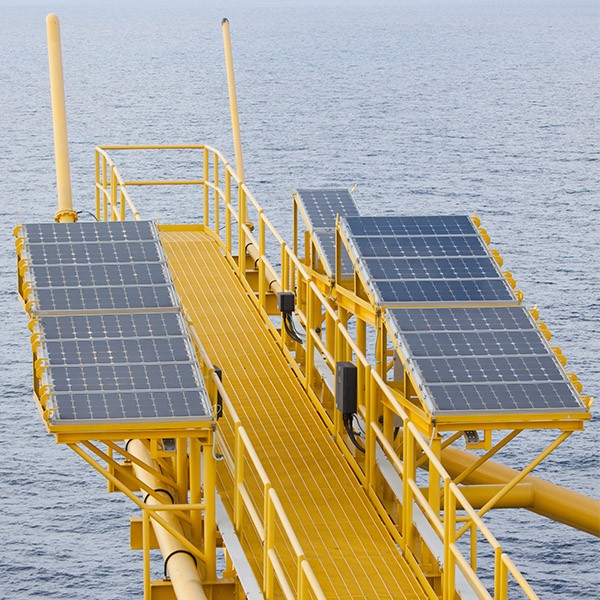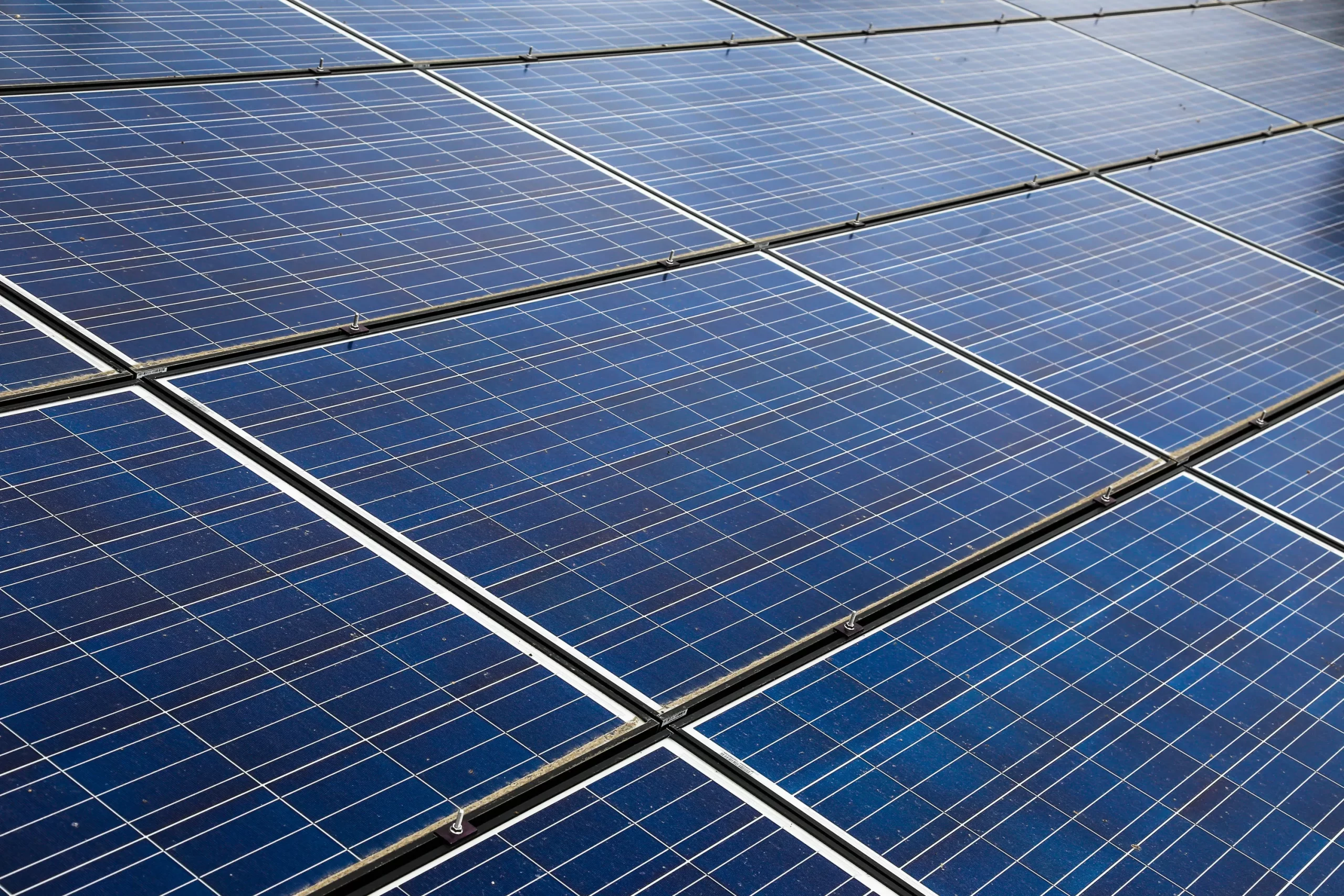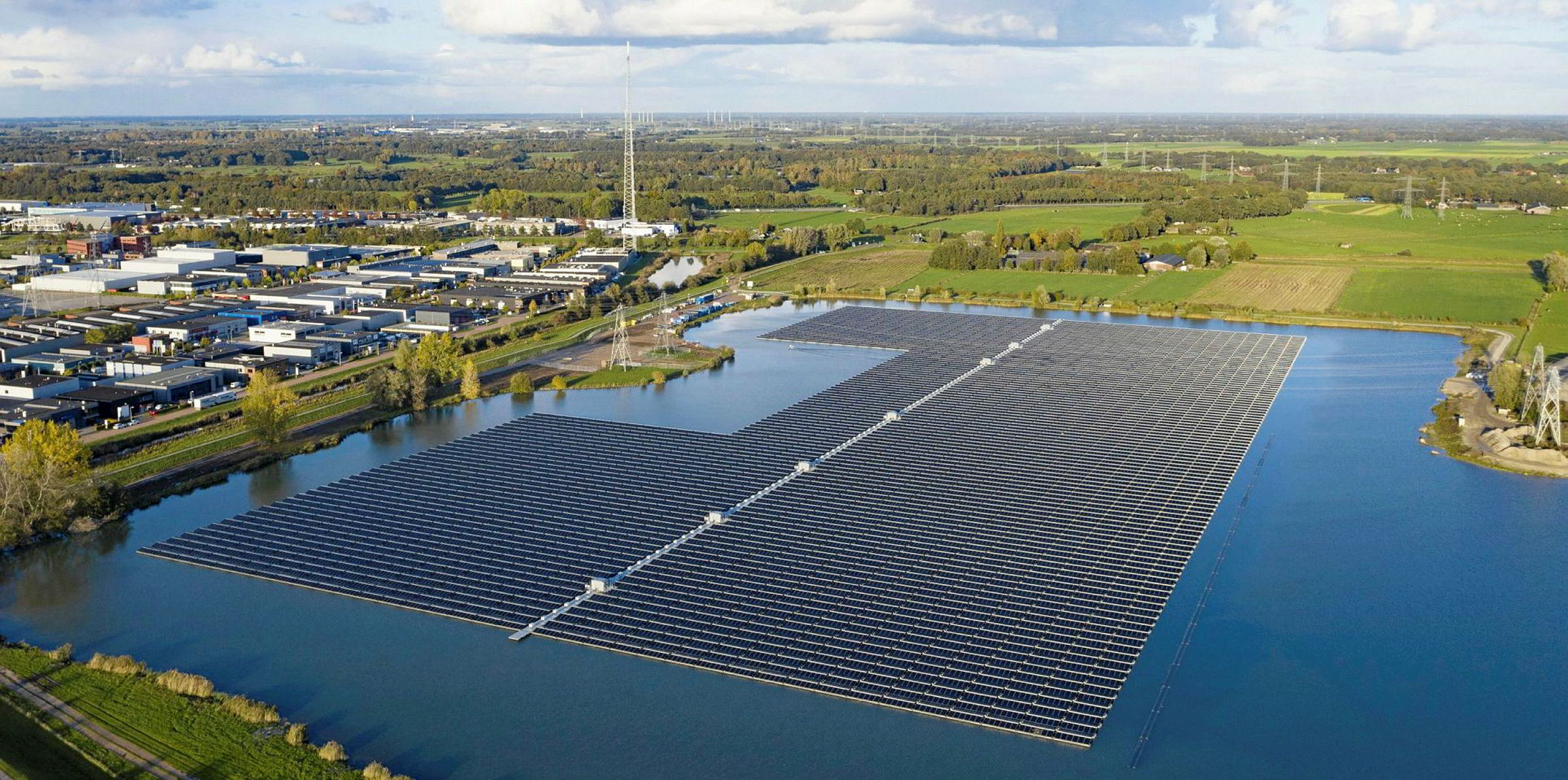History Touches Modernity
Italy, a name in itself, is an icon of history and culture. It is the actual interweaving of the threads of ancient history with the fibers of modern sustainability. It is pioneering undertaking being enacted beneath the shadows of time-beaten paths and structures characterizing Pompeii, and which has been described as one of the emblematic cities for the richness of archaeology in Italy. In this, the advanced aesthetics of ancient times are interwoven with the innovative use of solar technology—a much-needed leap towards heritage conservation but through sustainable means. This is a great lesson that relates to preserving the past through means that are friendly to the environment.
Pompeii’s Solar Renaissance: Merging Ancient Aesthetics with Modern Technology
Nearly 2,000 years ago, Pompeii was destroyed by the catastrophic eruption of Mount Vesuvius in A.D. 79. Now, the ancient city is being reborn through the installation of “invisible” solar panels. There are panels designed ingeniously in the image of Roman terracotta tiles so that they can blend with ancient ruins. They also serve a purpose in the green energy domain, and not only do they maintain historic aesthetics. This cutting-edge technology is strategically positioned in several locations across Pompeii, most notably the House of Cerere and the House of the Vettii. One, in fact, a historical jewel, reopened only in 2018 after a restoration of twenty long years. Such a visionary initiative at once tacitly retains the historical essence of the site and leads it into the sustainable future.
Dyaqua: Behind the Scenes of the Visionaries
The innovative solar technology embracing the ancient landscapes of Pompeii today is the design of Dyaqua, an Italian company of the sustainable innovation frontier. They excel in producing solar panels which replicate typical materials like stone, wood, concrete or brick. This thereby offers them great flexibility and allows the installation not to in any way change the original beauty of a historical site. Technology by Dyaqua, approved by the Italian Ministry of Culture, is well positioned for broader implementation, and it may revolutionize conservation of heritage sites all over Europe.
Challenges and Successes of Integration of Solar Power
The integration of solar power onto historical monuments is not a bed of roses. Conservation of architectural integrity while responding to peculiar energy needs of ancient edifices is a meticulous planning exercise. Navigating through local regulations and aligning with preservation standards rank at the highest priority. Collaborative work with the historic preservation organizations ensures the solar initiatives will fit in with the historical importance of sites.
Redefining Sustainable Heritage Management
Pompeii’s solar project has become more than just an energy-efficient, energy-saving project—it is redefining the world’s view on heritage management. This is a beacon to signal the possibility of the modern technological promise towards the protection of historical legacies. And the message sent across the world becomes more powerful: heritage sites can be sustainable without undermining its cultural and historical value. The vision foresees: a bright future in conjoining of environmental sustainability and preservation of history.
Sustainability and History in Vision
An example of mixing modern sustainability with the preservation of history and traditions: Italian experience in implementation of solar technology at historical sites, like Pompeii. It underscores the need for solutions that will respect and value our culture and heritage, and contribute to the sustainability of the environment. This pioneering effort, in its innovative character, is leading the way for other historic sites around the world, ensuring that our cherished heritage will not only live on to future generations but also be an active part of the worldwide effort towards a sustainable future.




